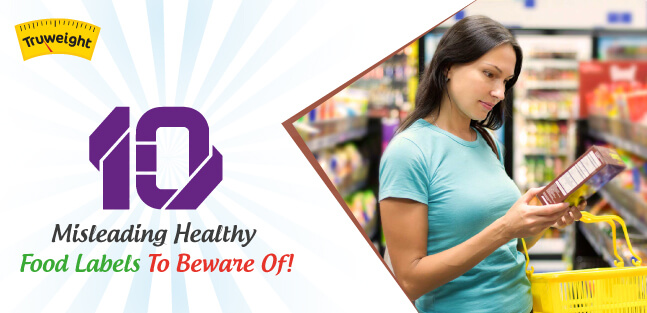food, Food & Nutrition, Health, Lifestyle
10 Misleading Healthy Food Labels To Beware Of!
Health watchers recommend reading the food labels before buying any product. But, food companies can be a cunning lot with, misleading food labels.
We give you a quick download of the terms on so-called healthy food labels but which could actually mean the opposite.
The best way to keep away unwanted weight and its complications still are to cook healthy food at home.
You can learn more about healthy food cooking tips and portion control from Possible’s qualified dieticians.
You can book a free consultation today and we will help you out.
10 Misleadingly Healthy Food Label Terms
Wondering how to spot not-so-healthy terms? Here are 10 of them to hack the misleading food labels.
1. Diet snacks or low-calorie snacks
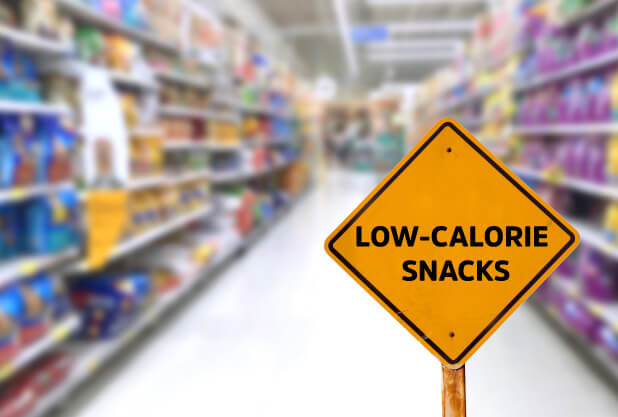
Manufacturers simply love the word diet! Diet chips, diet coke, diet chiwda to name a few. If not diet, then the word low-calorie food is scribbled across the packet.
According to the manufacturers, diet could simply mean reduction in the amount of oil used, which again may not be satisfactory.
By simply using the word diet, one would not reduce the amount of sugar, preservatives, or flavours used in the packet.
So the next time you pick up diet foods, look at the fat content and the composition of the product.
Also, not all things labelled as diet is safe. Diet colas contain harmful artificial sweeteners.
The best decision would be to stay away from them.
2. No added sugars
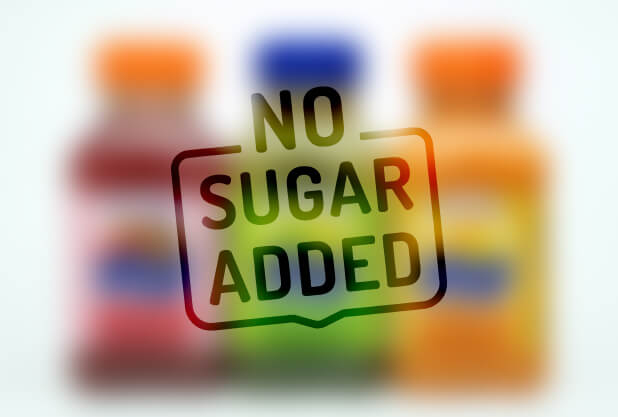
If you have diabetes, then this seemingly healthy food label may make you over joyous.
Time to cut your celebrations because the product which claims to have ‘no added sugars’ might still be high in sugar-releasing refined carbs.
Also, some foods like fruits, milk, certain vegetables have natural sugars. The food manufacturers may also add a natural sweetener called maltodextrin.
So it is not necessary that a ‘no-added sugar’ product is really harmless and can be consumed ad libitum.
Here’s the bitter truth of sugar free sweets!
3. Natural
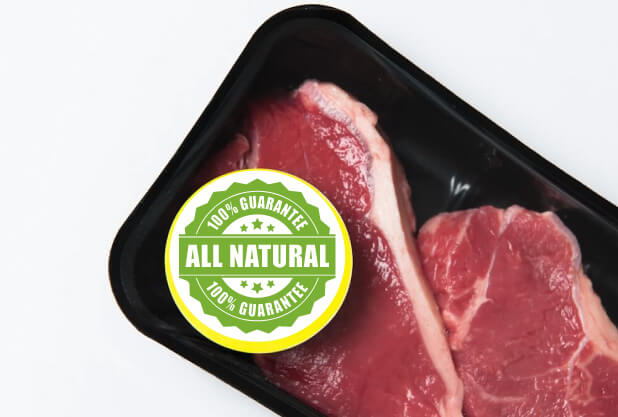
Your definition of natural and the food manufacturer’s definition may not be in sync.
Manufacturers could get away with the natural tag by omitting the addition of artificial colours, preservatives, flavours.
But then, there is always an addition of high sodium in case of preserved meats which doesn’t make the list as something artificial.
Similarly, in products corn, high fructose corn syrup could be added and ‘made to look like’ it is the natural by-product.
4. Zero trans fat: NOt really 0. Aso check for saturated fat content
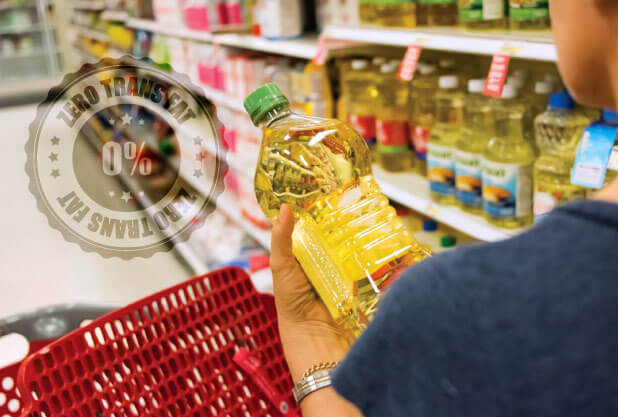
This is the most common marketing gimmick. However, experts suggest that zero trans fat is not actually 0 but could be less than 0.5 or 0.6 per serving.
Having 2 servings of the product could increase the levels of trans fat and predispose you to heart ailments.
The way to weed out trans fat in the diet is by looking for the term shortening and hydrogenated vegetable oil.
These are the contributors of trans fat in the diet.
5. Fat-free
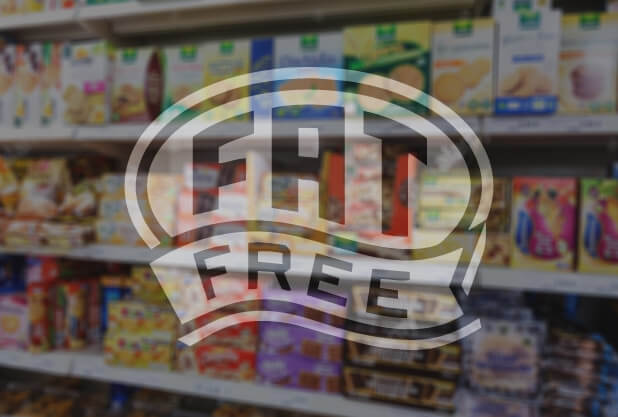
So you pick up a cookie that is fat-free?
Well, a cookie will still be a cookie even if it says fat-free on the food label.
Although it may constitute a low-fat food, the cookie may still be having an overload of sugar and other additives to replace the taste provided by fats.
So whenever you face a fat-free food option, pick up the full-fat version and compare.
A little time reading the food label will go a long way in making healthy decisions.
6. Organic
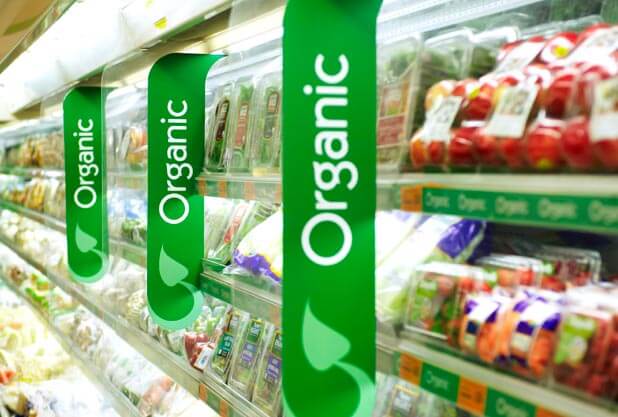
With the advent of pesticides and its negative health effects, 100% organic foods and other terms have gained higher traction with healthy eaters.
Health food labels apart, you must really evaluate if the food is certified organic or just a gimmick to jack up the price.
What about a food product that is said to be made with organic ingredients?
Well, for a food product to claim that more than 70% of the products used must be organic. Also organic is necessarily not healthy.
If any organic product is loaded with fat, sugar, and artificial chemicals, then it is best avoided.
7. Contains real fruit
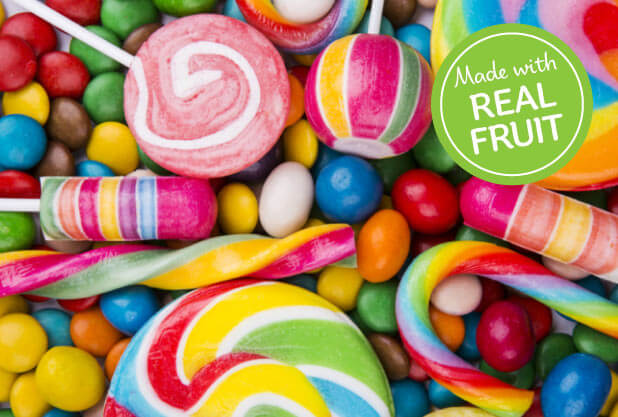
Fancied eating fruit-based candies just because of the fact that they contain real fruit?
Well, most of the time, they might simply contain a fruit concentrate which, to begin with, is loaded with sugar.
Not many know, in the healthy food label, the product listed the first is the one used maximum.
So in a tomato sauce packet, if you find sugar to be the first ingredient then it is time to dump that ketchup.
8. With omega-3 fats
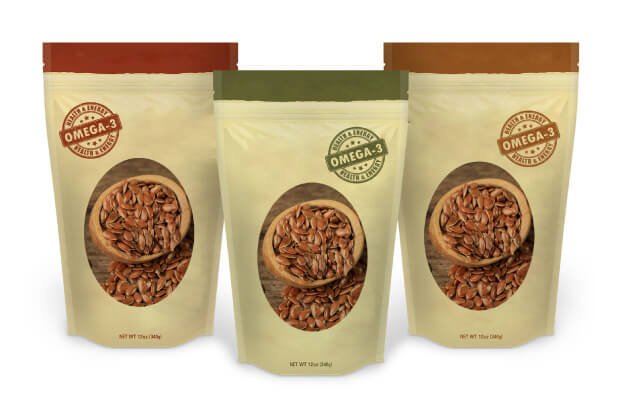
Heart-healthy omega-3 fats have been exploited by manufacturers too. Just with the sprinkling of flax seed, bread has been tagged as having omega-3 fats.
Hence it is again very important to know the percentage of the ingredient used in the product for it to claim as having omega-3 fats in the food label.
9. Multigrain or brown bread
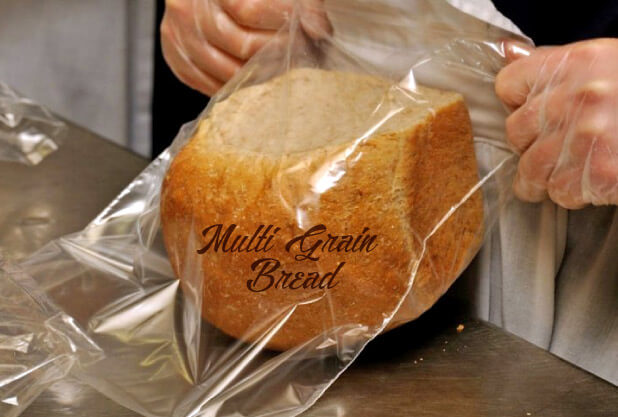
Colour doesn’t determine the nutritional strength of a product. Similarly, brown bread would just mean extensive use of caramel colouring.
Similarly, the multigrain area is also pretty grey.
Hence while reading the health food label, look for 100% whole wheat. If opting for multiple grains, then read the label carefully for the percentage of the cereals used.
10. Serving size
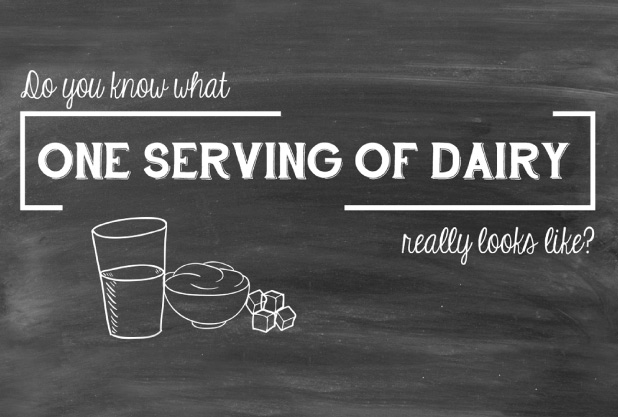
Do you think you have decoded the healthy food label? Then you’re wrong.
For you to completely understand the food label, you will have to do a little math. Most of the nutritional information is for 30 grams, which could be 1 serving.
However, when you open a packet of biscuit or khakra, you tend to consume more than the allotted serving.
Hence multiply the values and then take a call if a product is worth buying or giving in to the health claims.
How to decide if it is a healthy food
Here is a little pictorial guide on what to focus on and what to look for while buying healthy foods.
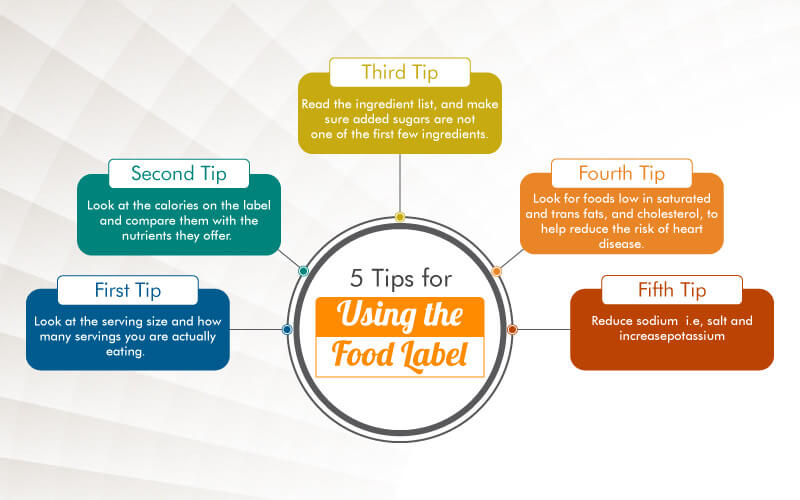
So there you go, we have given you a download on the health food labels and how to read them.
In case of any doubts, you can always contact Truweight’s nutritionist for a FREE consultation.
